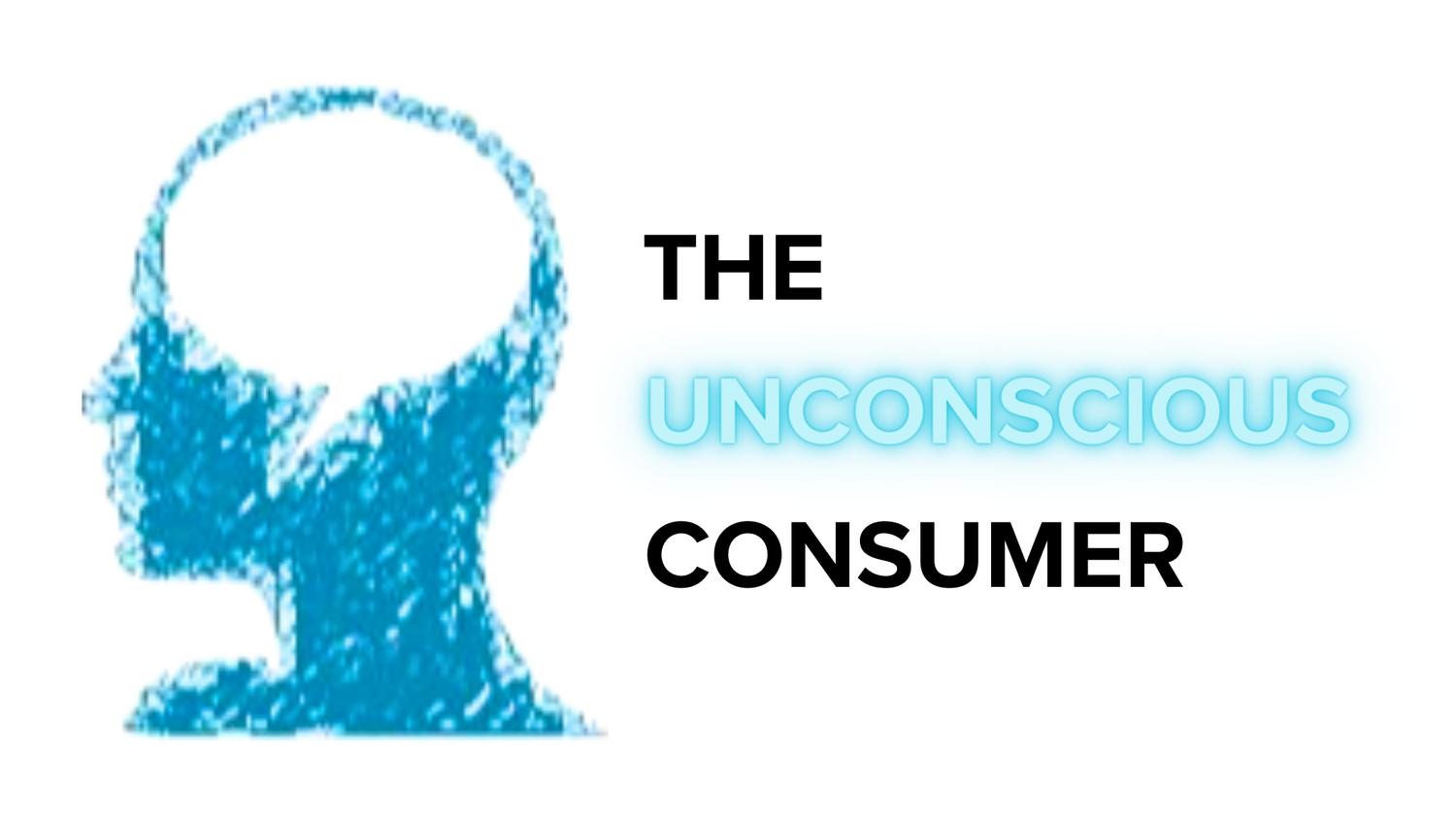Behind the Red Lines: How Grammarly's Suggestions Shape Our Writing Habits
Welcome back, unconscious consumers! Today we're turning our attention to the written word and the role Grammarly plays in shaping our writing habits. This AI-powered writing assistant has quickly become a staple for many of us, offering real-time grammar and spelling corrections, style suggestions, and even tone detection. But beyond the obvious utility, how does Grammarly's user interface subtly influence our writing habits?
1. Red Lines and Green Lights: The Power of Visual Feedback
Grammarly's most noticeable feature is its real-time error detection. As you write, it underlines mistakes with red squiggly lines, immediately drawing your attention to them. But the real trick lies in the green light that appears once you've corrected all the errors. This visual feedback system subtly reinforces the habit of writing error-free text.
Every time we see that green light, we experience a small sense of achievement. This positive reinforcement encourages us to keep our writing error-free, gradually refining our grammar and spelling skills over time. Spelling and grammar are essential elements of written communication. They provide the structure and guidelines for our written language, enabling us to communicate effectively. Their importance is seen in how they influence the perception of the writer's intelligence, credibility, and professionalism. Poor spelling can create confusion and a loss of clarity and meaning, and in extreme cases, it can cost millions in missed sales and job opportunities. In the world of online dating, a grasp of grammar can even influence partner choice. A survey found that 39% of American singles judged the suitability of candidates by their grammar.
2. Style Suggestions: Guiding Our Voice
Grammarly doesn't just correct mistakes; it also offers style suggestions to improve sentence clarity and readability. This feature subtly influences our writing style, encouraging us to write clearer, more concise sentences.
By presenting these suggestions in a non-intrusive manner, Grammarly allows users to accept or ignore suggestions with ease. Effective writing techniques, such as the appropriate use of punctuation, sentence structure, and paragraphing, can influence the reader's understanding and engagement with the text. It is necessary to conform to the traditional conventions of writing to avoid any misunderstanding or misinterpretation. The National Assessment of Educational Progress (NAEP) in the United States measures students' writing skills. Their assessment is based on a framework that recognizes the significant role computers play in writing and organizes writing content into three communication categories:
To persuade,
To explain
To convey an experience.
3. Writing with Purpose
With its tone detection feature, Grammarly nudges us to consider not just what we're saying, but how we're saying it. It provides feedback on the tone of our text, helping us align our intended message with our actual wording. This conscious reflection instigated by Grammarly's suggestions can subtly influence our writing habits, making us more aware of our emotional expression through text.
Writing with purpose entails carefully choosing words and structuring sentences to guide the reader's understanding and perspective. It involves writing to persuade, explain, or convey experiences, as outlined in the NAEP framework. Results from the NAEP assessments are reported in terms of what students know and can do, providing a measure of their ability to write with purpose. In Canada, the Programme for the International Assessment of Adult Competencies (PIAAC) found that 50% of the general population tested scored at or below level 2 on a 5-level literacy scale in 2013. This may indicate a need for more focus on writing with purpose, considering that literacy involves not only the ability to read but also to write effectively.
Consequences: The Dependency Dilemma
While Grammarly offers many benefits, it's also worth considering potential consequences. A key concern is dependency. As Grammarly corrects our errors in real-time, it's easy to rely on it too heavily, possibly slowing the development of our own proofreading skills. However, with conscious usage, Grammarly can be a tool for learning, not just correction.
Wrapping Up
Grammarly does more than just correct our writing; it subtly shapes our writing habits, influencing our style, grammar, and tone of communication. It's a valuable ally for those seeking to improve their writing skills and ensure their messages are clear, concise, and purposeful. Remember, while Grammarly's suggestions can be immensely helpful, it's important to strike a balance between relying on the tool and developing our own writing abilities. So, let's embrace the power of Grammarly while also honing our own writing skills. Happy writing, unconscious consumers!
Want to share your thoughts? Feel free to share them in the comments section below or on social media.

